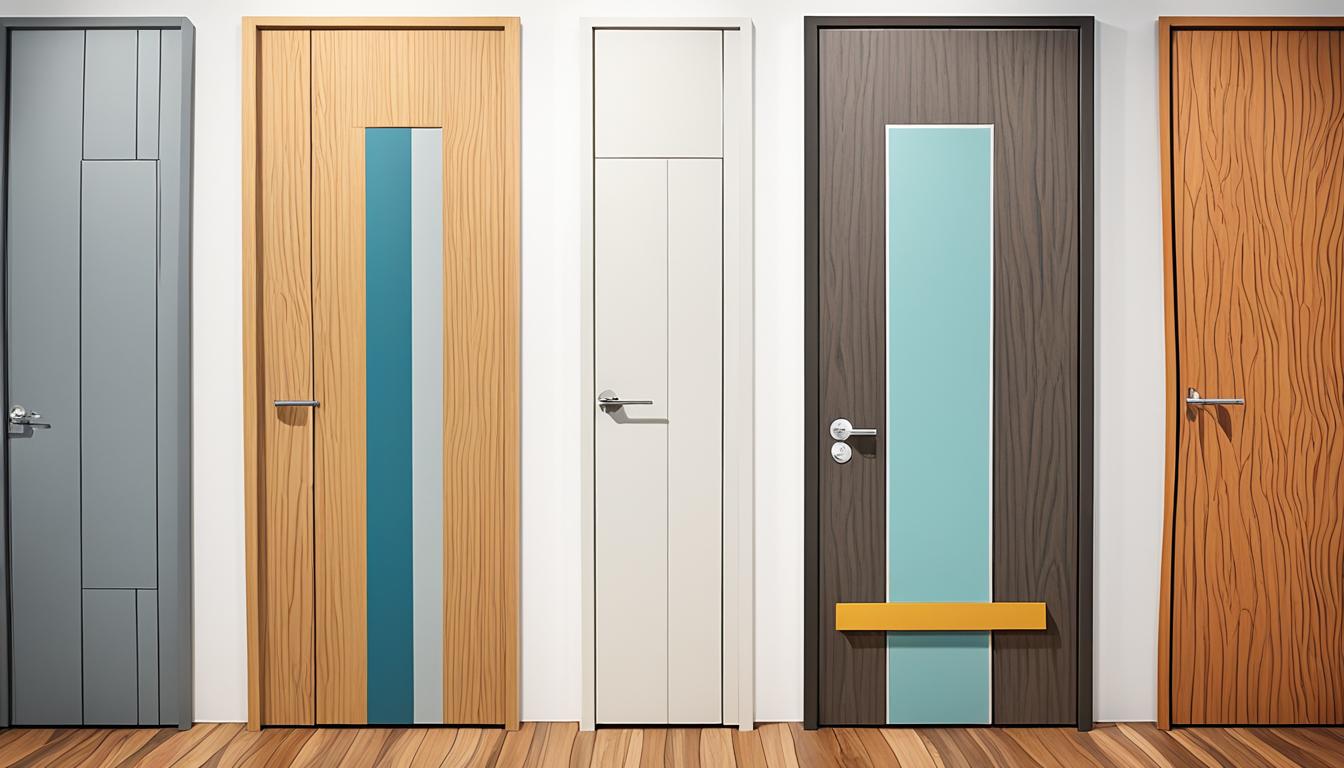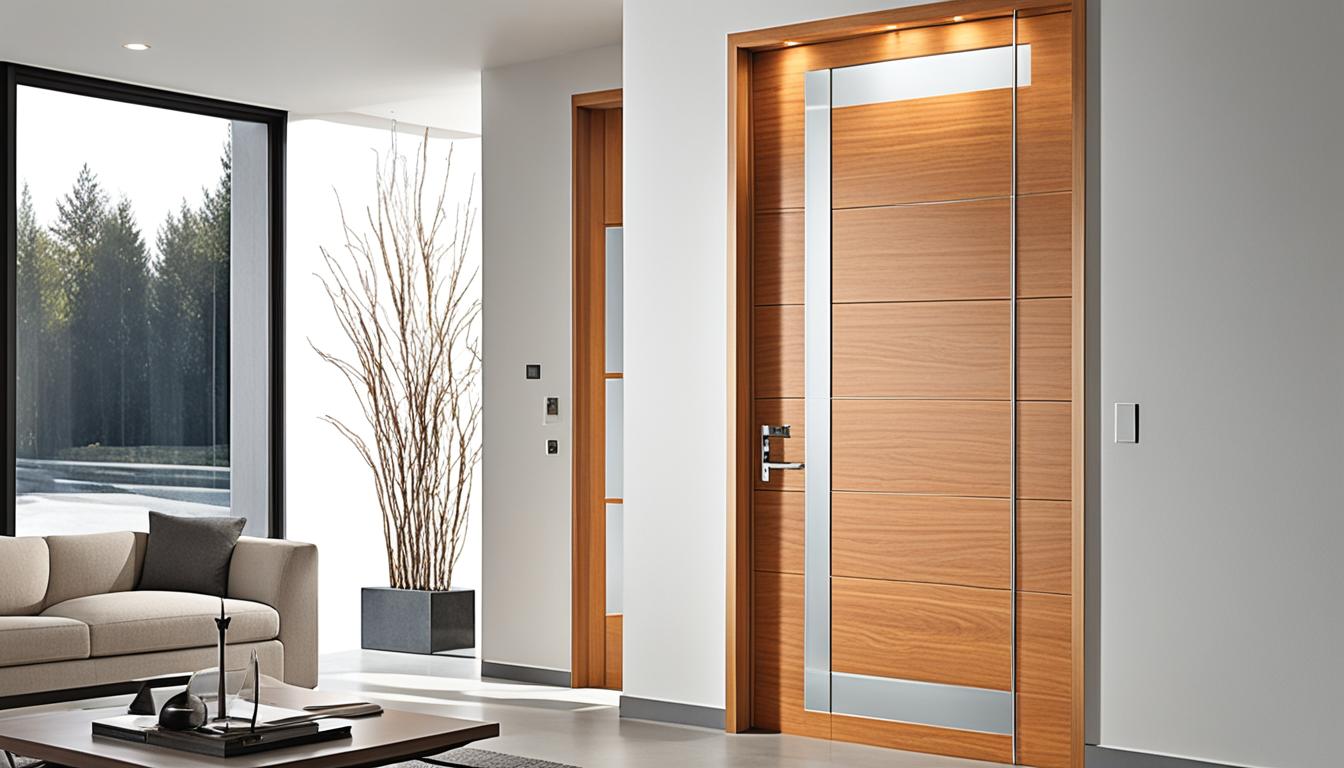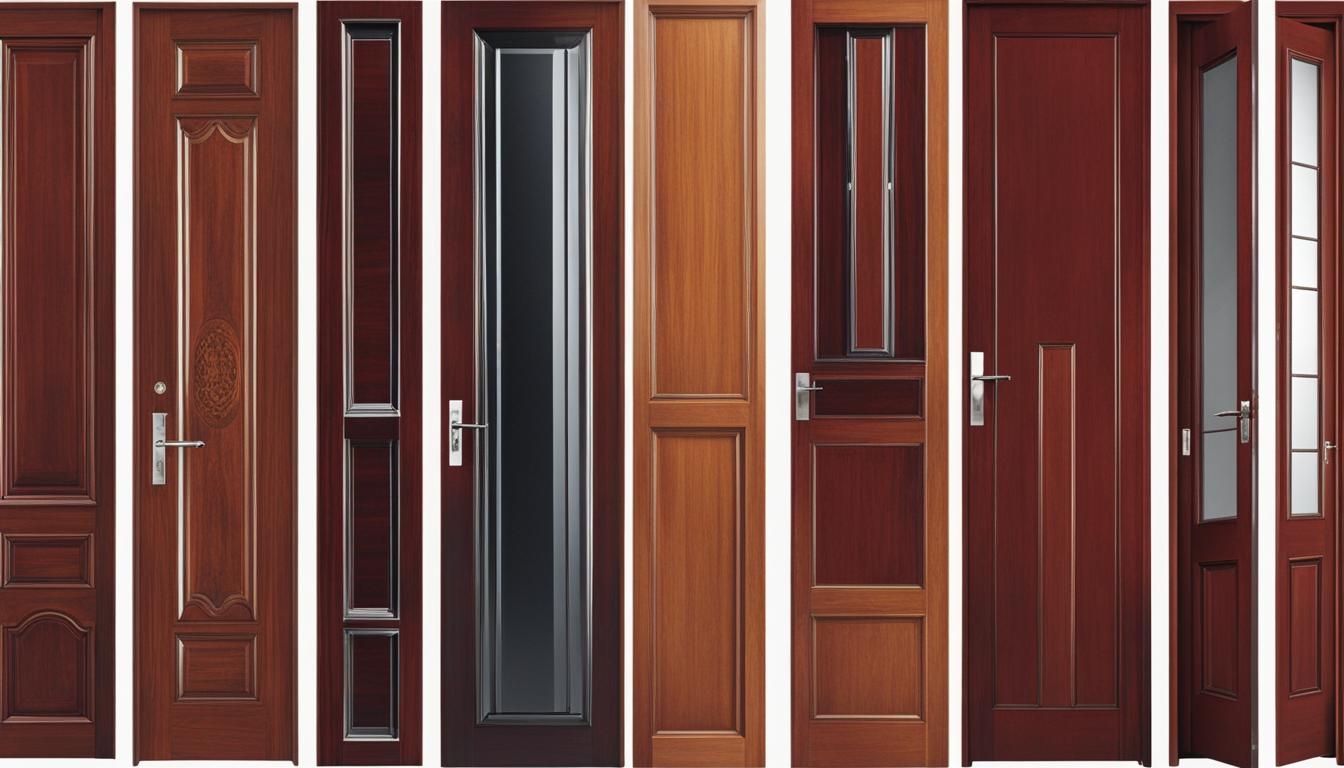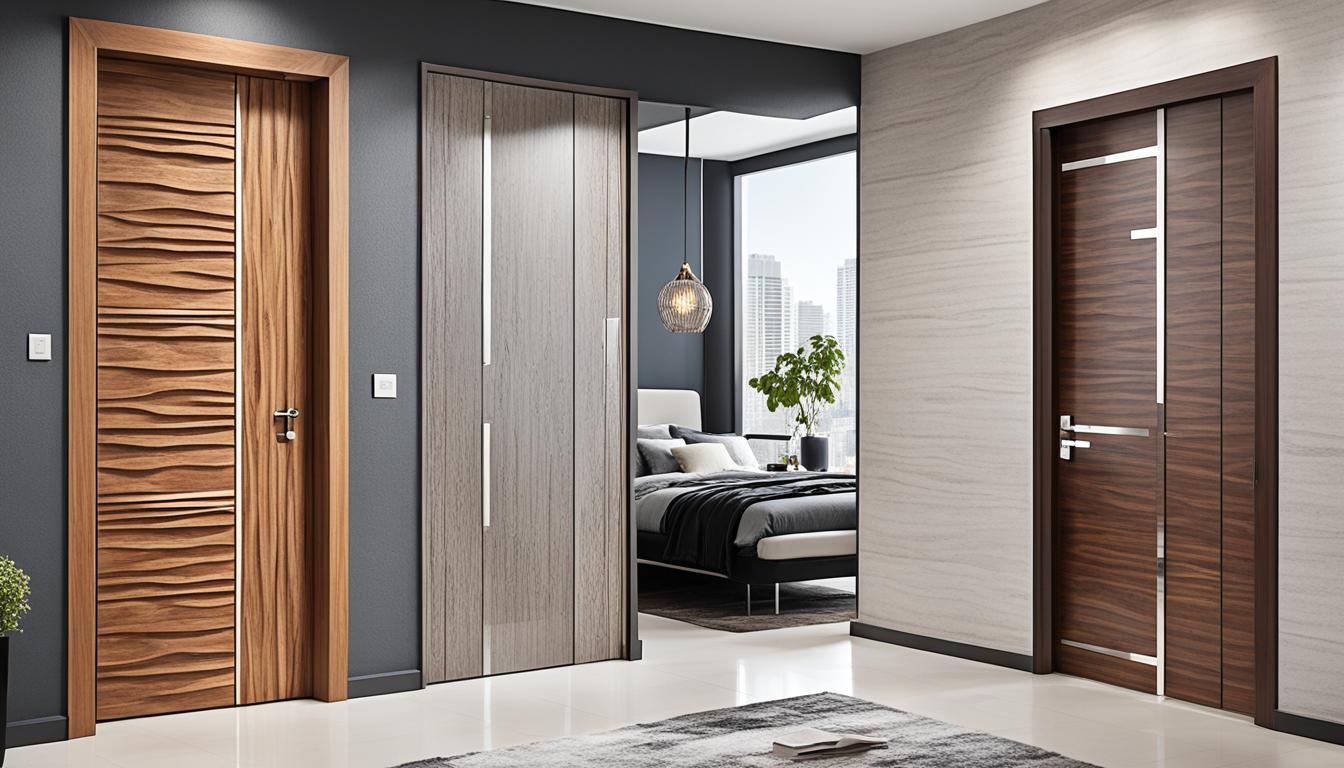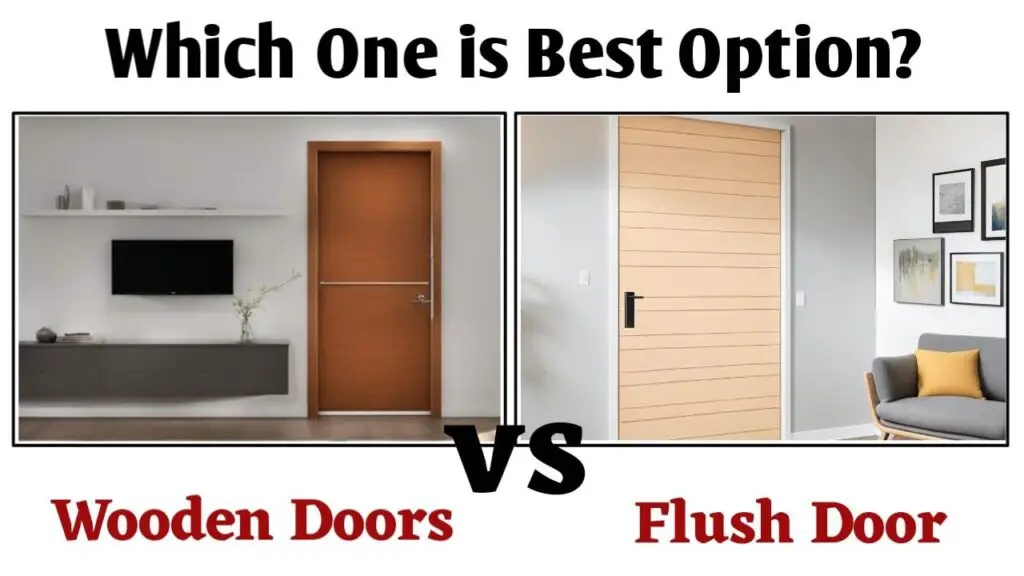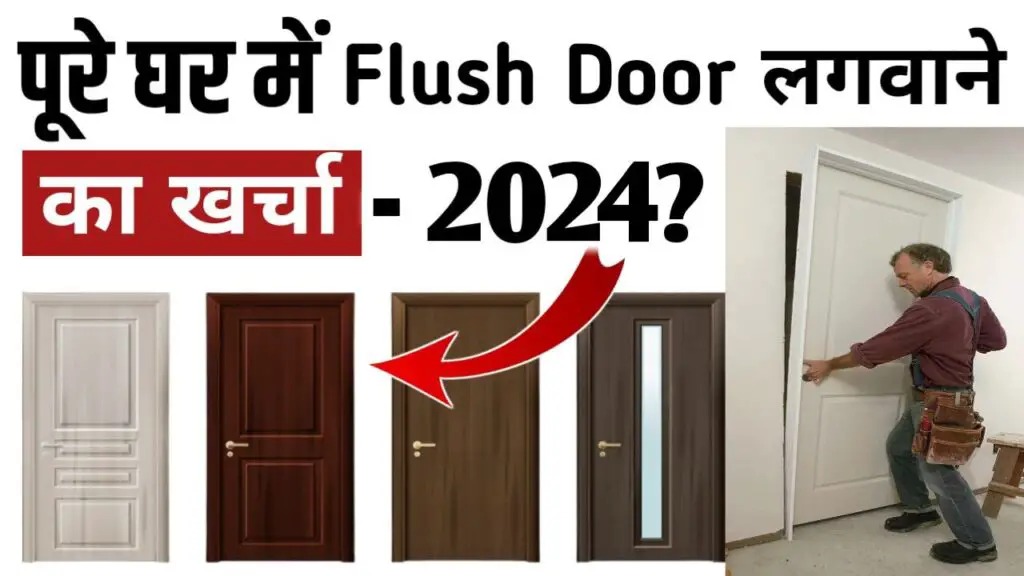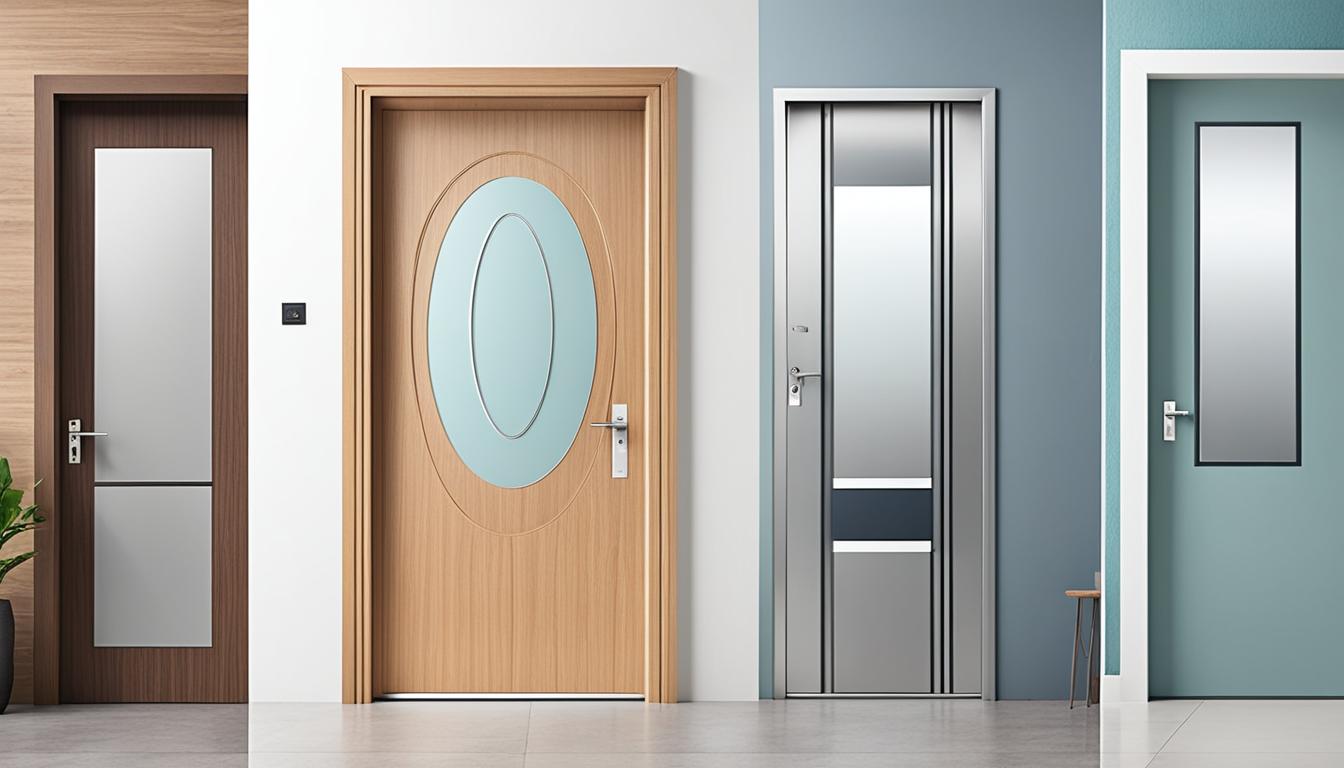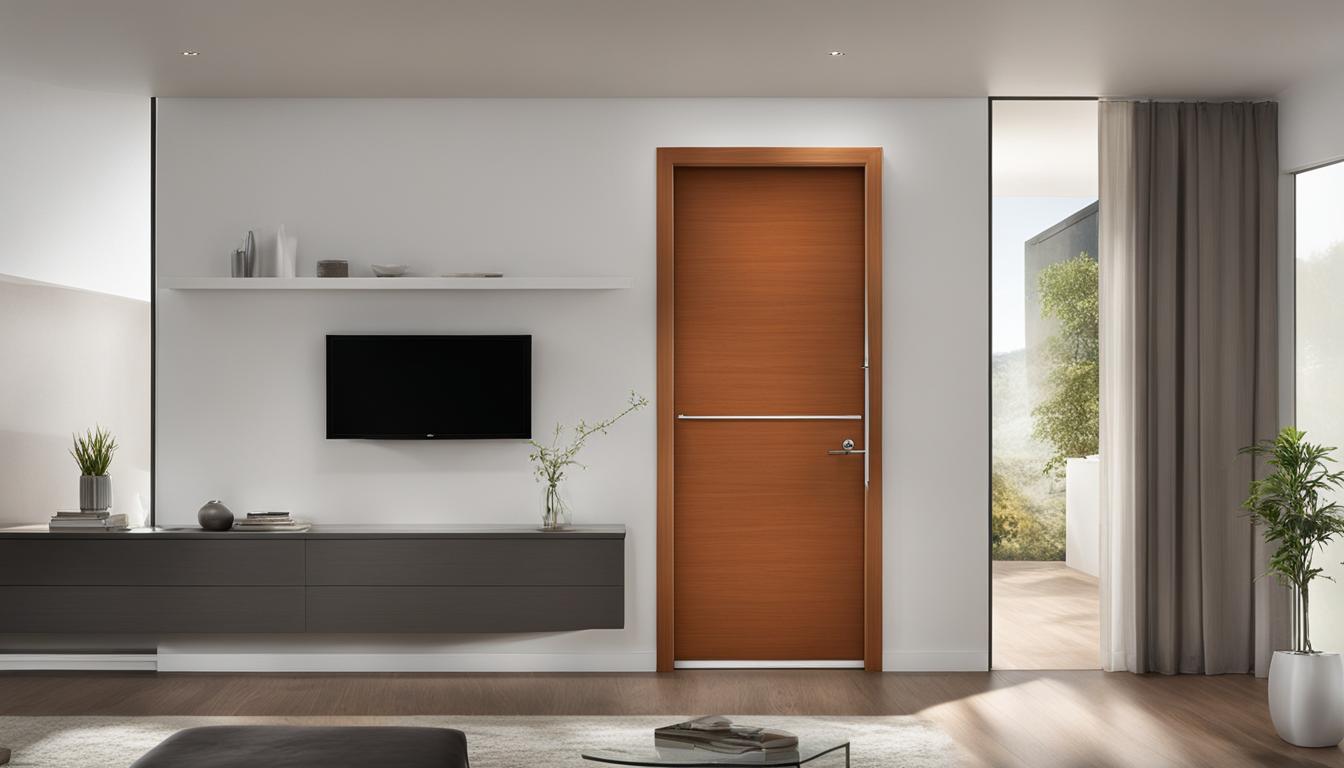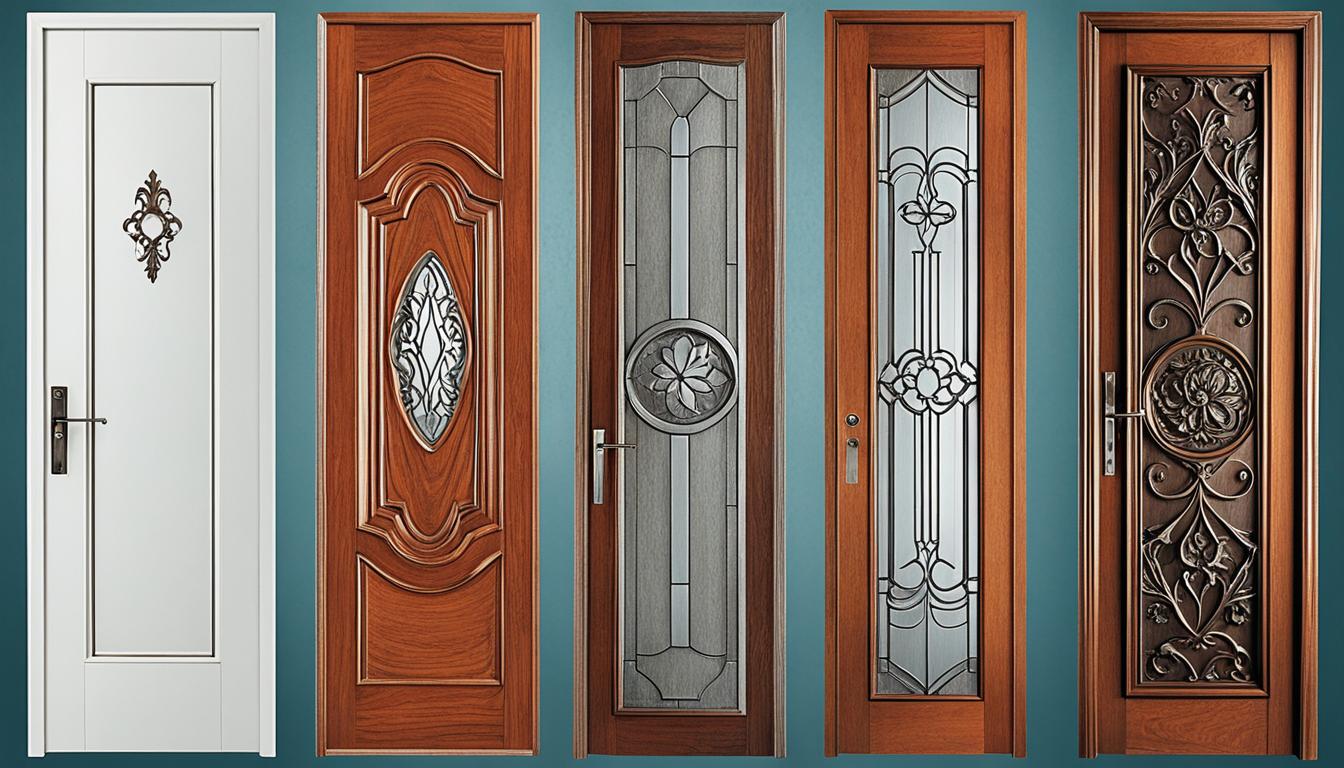Top 10 Excellent Flush Doors Brands in the US for 2024
Discover the finest selection of Flush Doors Brands in the U.S. for 2024. Bespoke designs, superior quality, and perfect for any stylish interior.
Top 10 Excellent Flush Doors Brands in the US for 2024 Read More »

